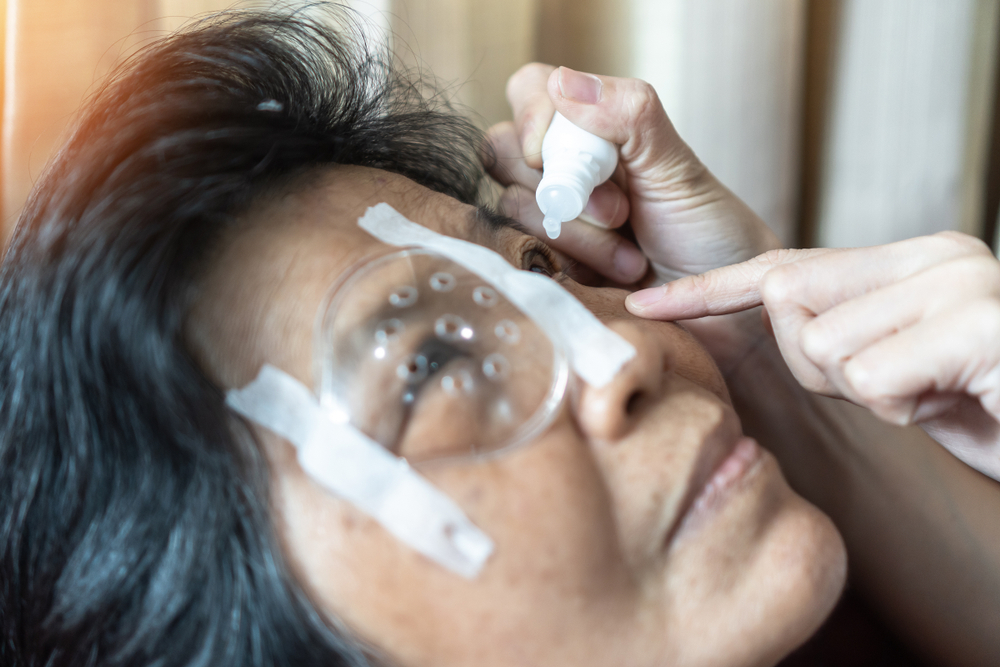Understanding Dry Eye Treatment Options and Solutions
Chronic dry eye occurs when the eyes do not produce enough tears or when tears evaporate too quickly. Treatment may involve artificial tears, prescription medications, or lifestyle adjustments to reduce discomfort and protect long-term eye health. Read to learn more

What Causes Chronic Dry Eye Treatment Needs?
Chronic dry eye develops from various underlying factors that disrupt normal tear production or quality. Age-related changes naturally reduce tear production, particularly in individuals over 50 years old. Hormonal fluctuations during menopause frequently contribute to persistent dry eye symptoms in women. Environmental factors such as air conditioning, heating systems, wind exposure, and low humidity levels can accelerate tear evaporation.
Medical conditions including autoimmune diseases like Sjögren’s syndrome, rheumatoid arthritis, and lupus often cause chronic dry eye as a secondary symptom. Certain medications, particularly antihistamines, decongestants, antidepressants, and blood pressure medications, can reduce tear production as a side effect. Extended screen time and decreased blinking rates associated with digital device usage have become increasingly common causes of chronic dry eye symptoms.
How Does Dry Eye Treatment Address Symptoms?
Effective dry eye treatment focuses on restoring moisture balance and reducing inflammation within the eye. Artificial tears represent the most common first-line treatment, providing immediate lubrication and comfort for mild symptoms. Prescription eye drops containing cyclosporine or lifitegrast help increase natural tear production while reducing inflammation that contributes to dry eye progression.
Punctal plugs offer a minimally invasive treatment option by blocking tear drainage ducts, allowing natural tears to remain on the eye surface longer. These tiny devices can be temporary or permanent, depending on individual needs and treatment response. Advanced treatments include intense pulsed light therapy, which targets meibomian gland dysfunction, and LipiFlow thermal pulsation systems that clear blocked oil glands.
Lifestyle modifications complement medical treatments by addressing environmental and behavioral factors. Using humidifiers, taking regular screen breaks, wearing wraparound sunglasses outdoors, and maintaining proper eyelid hygiene can significantly improve treatment outcomes.
What Treatment for Dry Eyes Works Best?
Treatment effectiveness varies based on dry eye severity, underlying causes, and individual patient factors. Mild cases often respond well to over-the-counter artificial tears and environmental modifications. Moderate to severe dry eye typically requires prescription medications combined with procedural interventions for optimal management.
Ophthalmologists may recommend combination therapy approaches, utilizing multiple treatment modalities simultaneously. For example, patients might use prescription anti-inflammatory drops alongside punctal plugs and specialized warm compress treatments. Omega-3 fatty acid supplements have shown promise in supporting tear film stability and reducing inflammation markers.
Regular follow-up appointments allow healthcare providers to monitor treatment progress and adjust therapeutic approaches as needed. Some patients experience immediate relief, while others require several weeks or months to achieve optimal symptom control. Consistency in treatment adherence plays a crucial role in long-term success rates.
Treatment Costs and Provider Options
Understanding the financial aspects of dry eye treatment helps patients make informed healthcare decisions. Treatment costs vary significantly based on the specific interventions required and geographic location.
| Treatment Type | Provider Options | Cost Estimation |
|---|---|---|
| Artificial Tears (OTC) | Pharmacies, Online Retailers | $5-25 per month |
| Prescription Eye Drops | Ophthalmologists, Optometrists | $200-400 per month |
| Punctal Plugs | Eye Specialists, Surgery Centers | $300-800 per procedure |
| IPL Therapy | Specialized Clinics | $150-300 per session |
| LipiFlow Treatment | Advanced Eye Centers | $1,200-1,500 per treatment |
Prices, rates, or cost estimates mentioned in this article are based on the latest available information but may change over time. Independent research is advised before making financial decisions.
Insurance coverage varies widely for dry eye treatments. Most plans cover basic artificial tears and prescription medications, while advanced procedures may require prior authorization or have limited coverage. Health savings accounts (HSAs) and flexible spending accounts (FSAs) can help offset treatment costs for qualifying medical expenses.
Dry eye treatment success depends on accurate diagnosis, appropriate treatment selection, and consistent patient compliance. Working with qualified eye care professionals ensures access to comprehensive evaluation and personalized treatment plans. Early intervention often prevents symptom progression and maintains long-term eye health, making prompt treatment consultation essential for individuals experiencing persistent dry eye symptoms.
This article is for informational purposes only and should not be considered medical advice. Please consult a qualified healthcare professional for personalized guidance and treatment.




